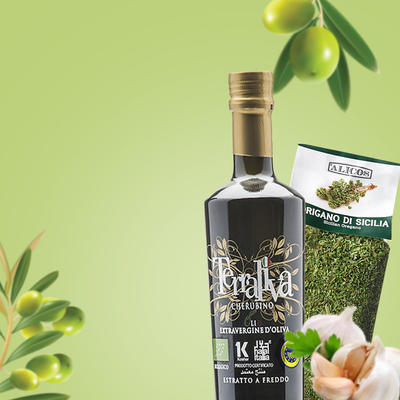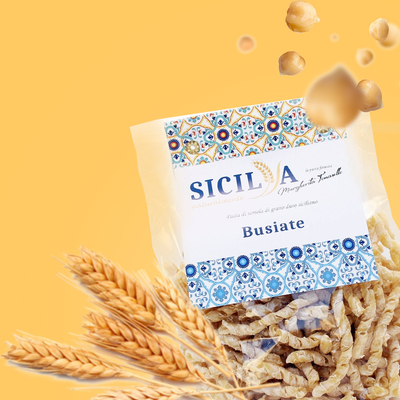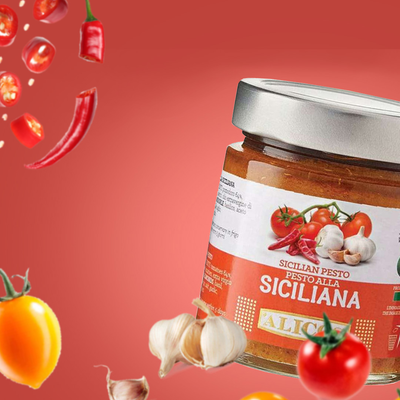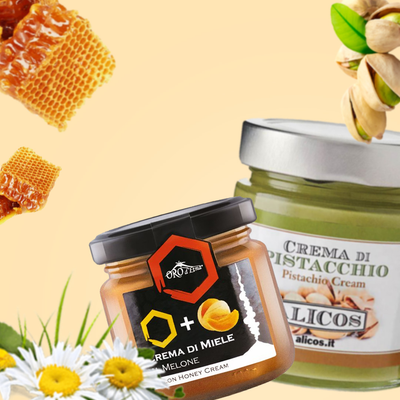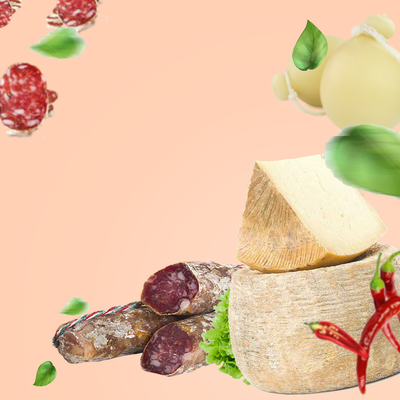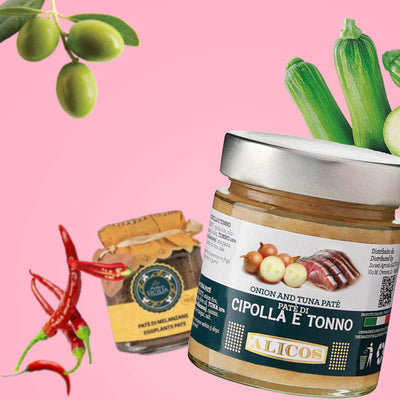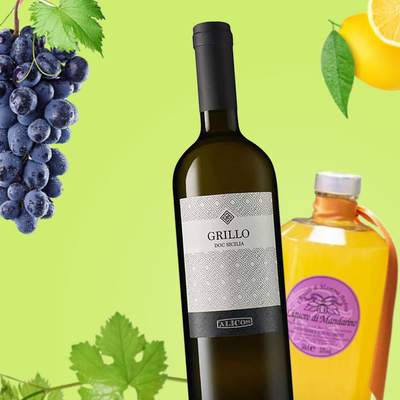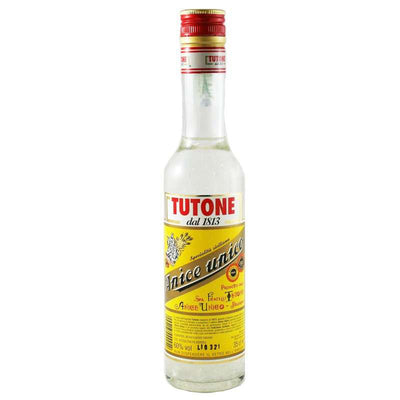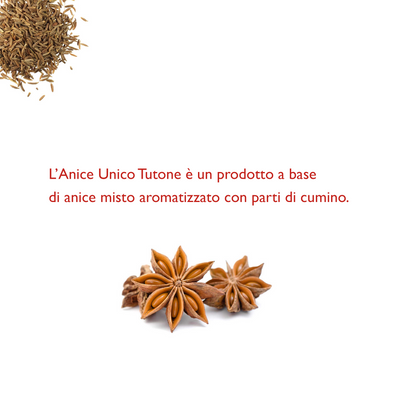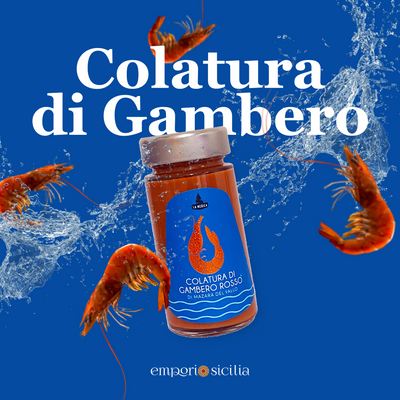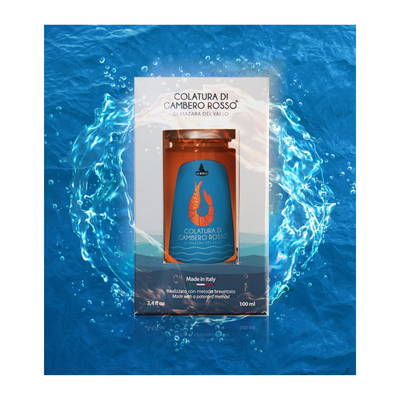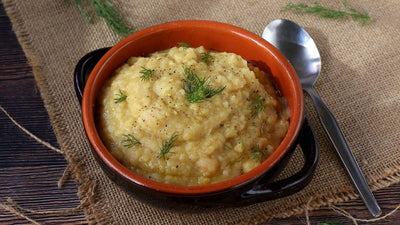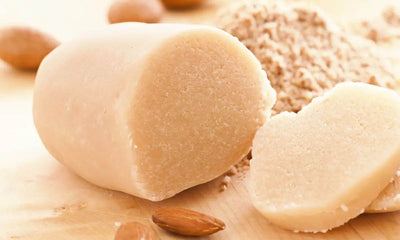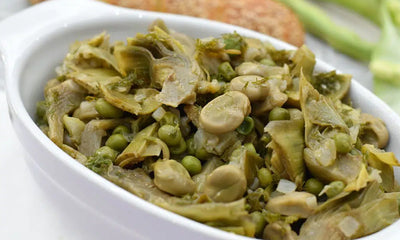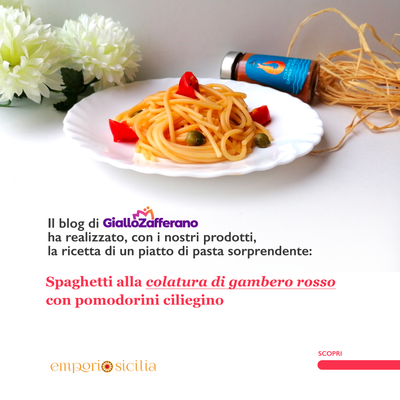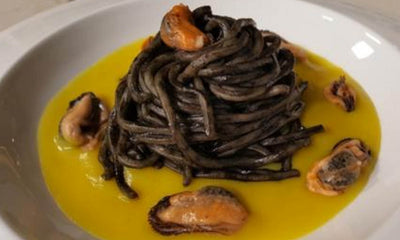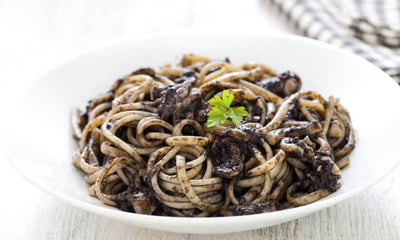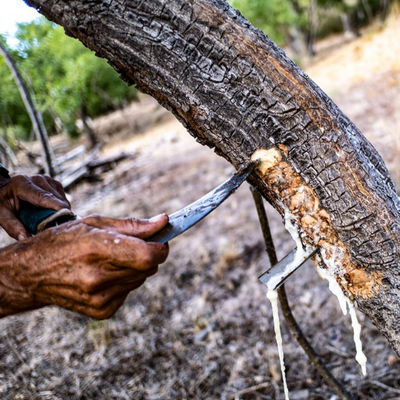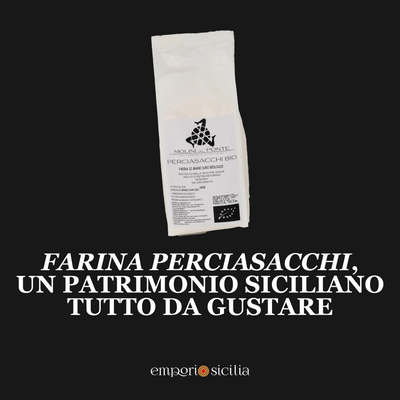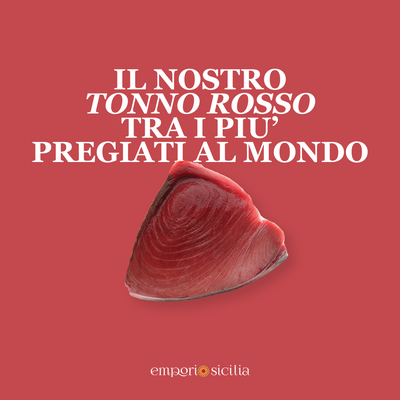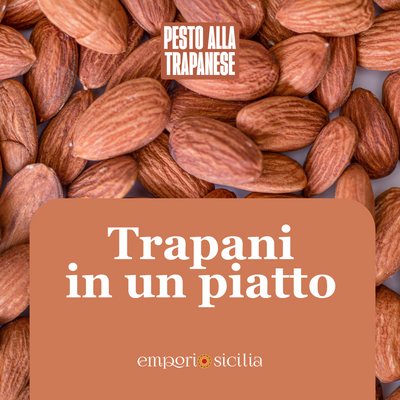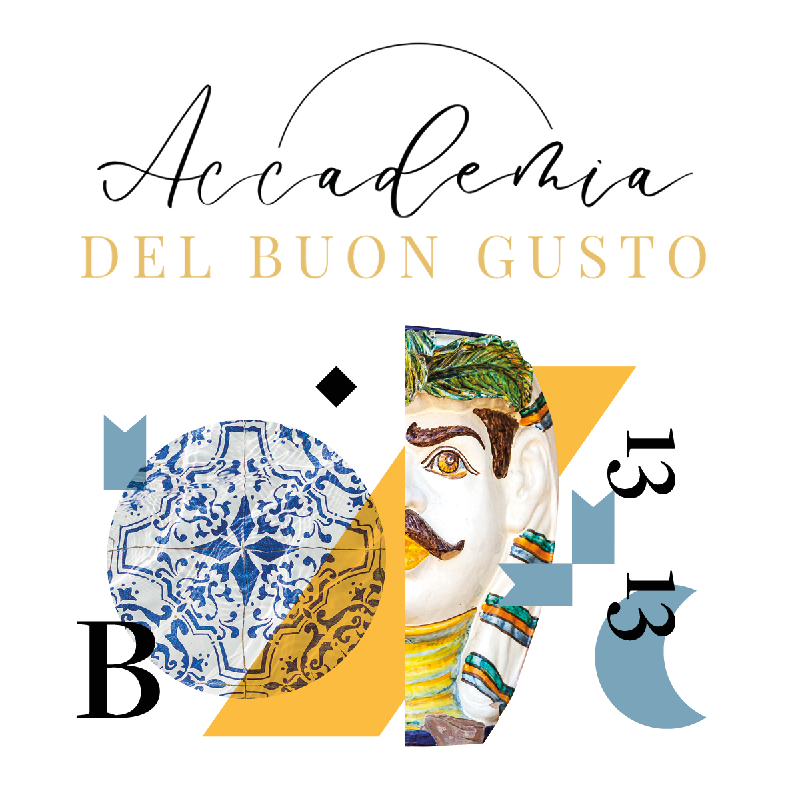They are ex-votos that a family, a single person or even a community promises to the Saint in exchange for a grace to be received or received.
They are prepared in the homes of devotees which will remain open to the public throughout the day. Custom dictates that extras participate to represent the figures of the Holy Family. In the center sit Saint Joseph, Baby Jesus and the Madonna.
They are set with precious lace, sheets and images of the Holy Family. Each visitor is free to taste the delicacies made available by the owner, who prepares bread with particular shapes.
In addition to this absolute delicacy, the tables are laden with first courses, such as pasta seasoned in different ways, cheeses, broccoli, cardoons and other sweet fried vegetables such as cannoli, cassata, pignolata, cassatelle and stuffed babà and fruit. The main dishes of these lunches are: San Giuseppe soup. It is a delicious first course, linked to a tradition of solidarity and sharing. In fact, on the occasion of March 19th, the Sicilian families who had received a grace gathered together, preparing large pots of soup to offer to the needy. It is prepared with vegetables and pasta.
Pasta co maccu , the delicious broad bean cream. It is also found in the version with thistles and wild vegetables.
Pasta with sardines and fennel, a real delight. The authentic “seas and mountains”.
Another distinctive element of the festival are the Altars, which constitute one of the great artisanal treasures of Sicily. These tables, richly laid and decorated with breads exquisitely modeled in different shapes, are set up on a wooden or iron structure with supporting columns, made of woven reeds, which converge at the top forming a domed roof; the architrave and the front frieze complete the scaffolding, which is entirely covered by laurel twigs.



